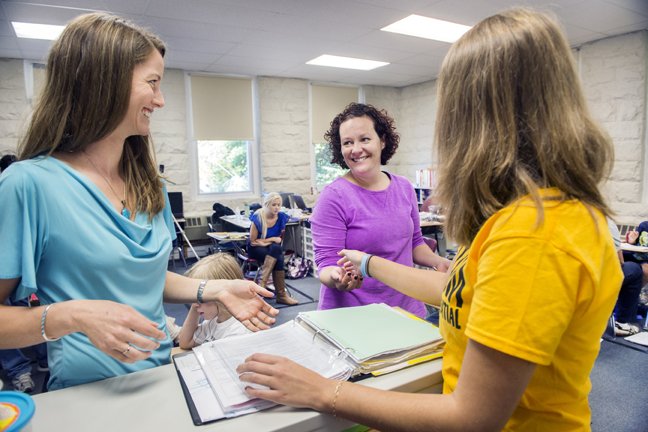Dr. Claire St. Peter’s Laboratory
Translational Approaches to Understanding Procedural Fidelity. Dr. St. Peter’s overarching goal is to better understand the mechanisms by which behavior is shaped, maintained, modified, and reduced. This work includes laboratory models and bridges to applied domains. A central theme is procedural fidelity—the extent to which interventions are implemented as designed—and the contingencies that influence fidelity. To address this, her lab uses experimental manipulations that isolate component processes (e.g., discriminative control, reinforcement schedules) to evaluate how small deviations or variability in implementation emerge and subsequently affect outcomes.
In recent and ongoing work, members of Dr. St. Peter’s laboratory have focused on the rigor of experimental measurement systems and collaborated closely with Dr. Morrison’s neuroscience team to explore stress as a moderator of behavioral processes. These projects generally take a reverse translational approach by taking issues observed in therapeutic contexts back into the laboratory to uncover behavioral processes or mechanisms. For example, one line of inquiry examines how exposure to stress (e.g., social stressors) affects the time course of extinction, response variability, and response persistence. These experiments integrate behavioral assessment with neurobiological markers (e.g., cortisol) to examine how stress interacts with contingencies to destabilize performance. In reverse-translation, features of intervention implementation (e.g., fidelity errors, variability in adherence) are modeled in the lab to understand boundary conditions and mechanisms.
Undergraduates working in Dr. St. Peter’s lab would have opportunities to program contingencies, collect fine‐grained data, determine effects of data-analytic strategies on resulting decisions, analyze behavioral and neurobiological measures, interpret results, and iteratively refine procedures. Students might assist in designing fidelity manipulations, conducting research sessions, coding detailed temporal data, and helping integrate neuroscience assays with behavioral outcomes.
